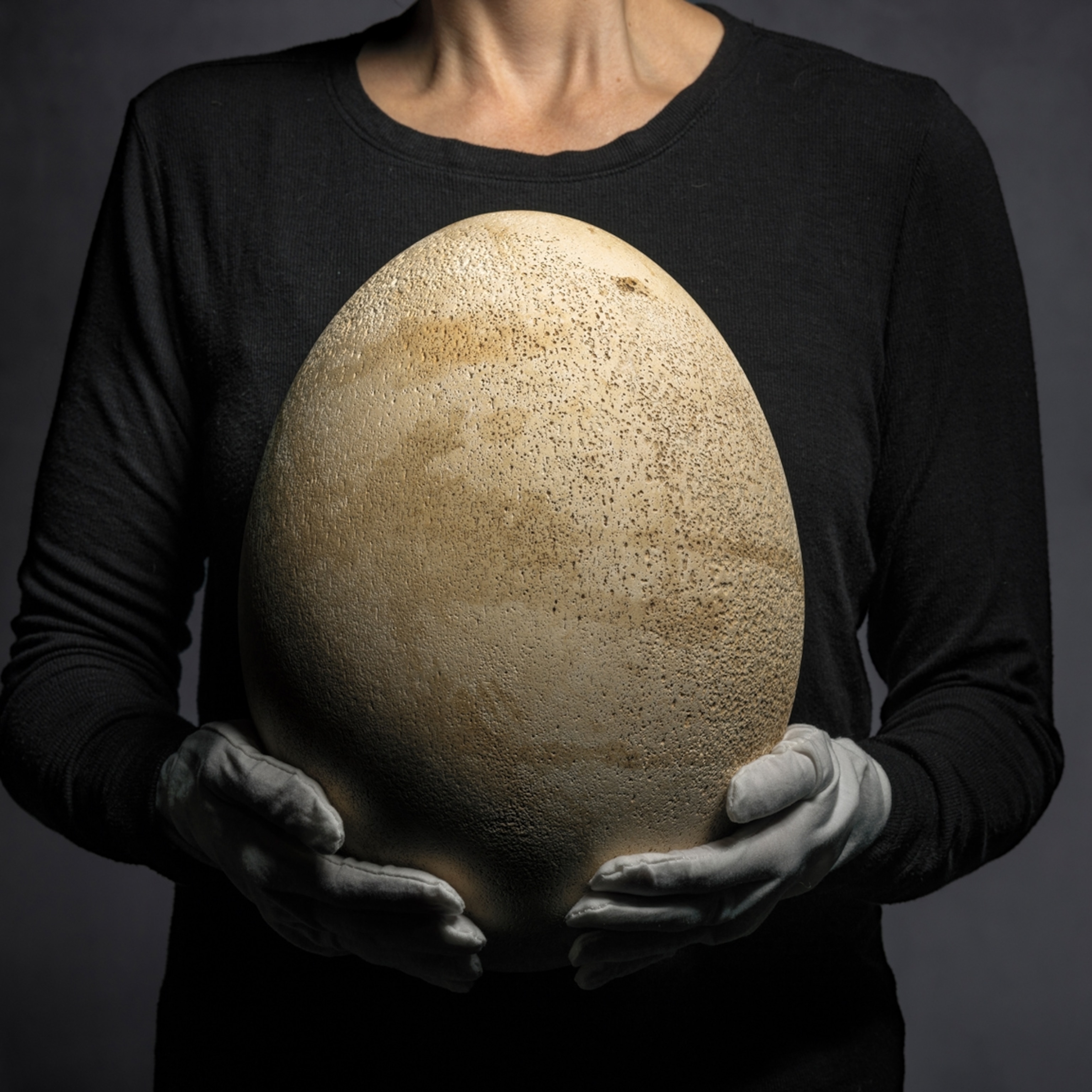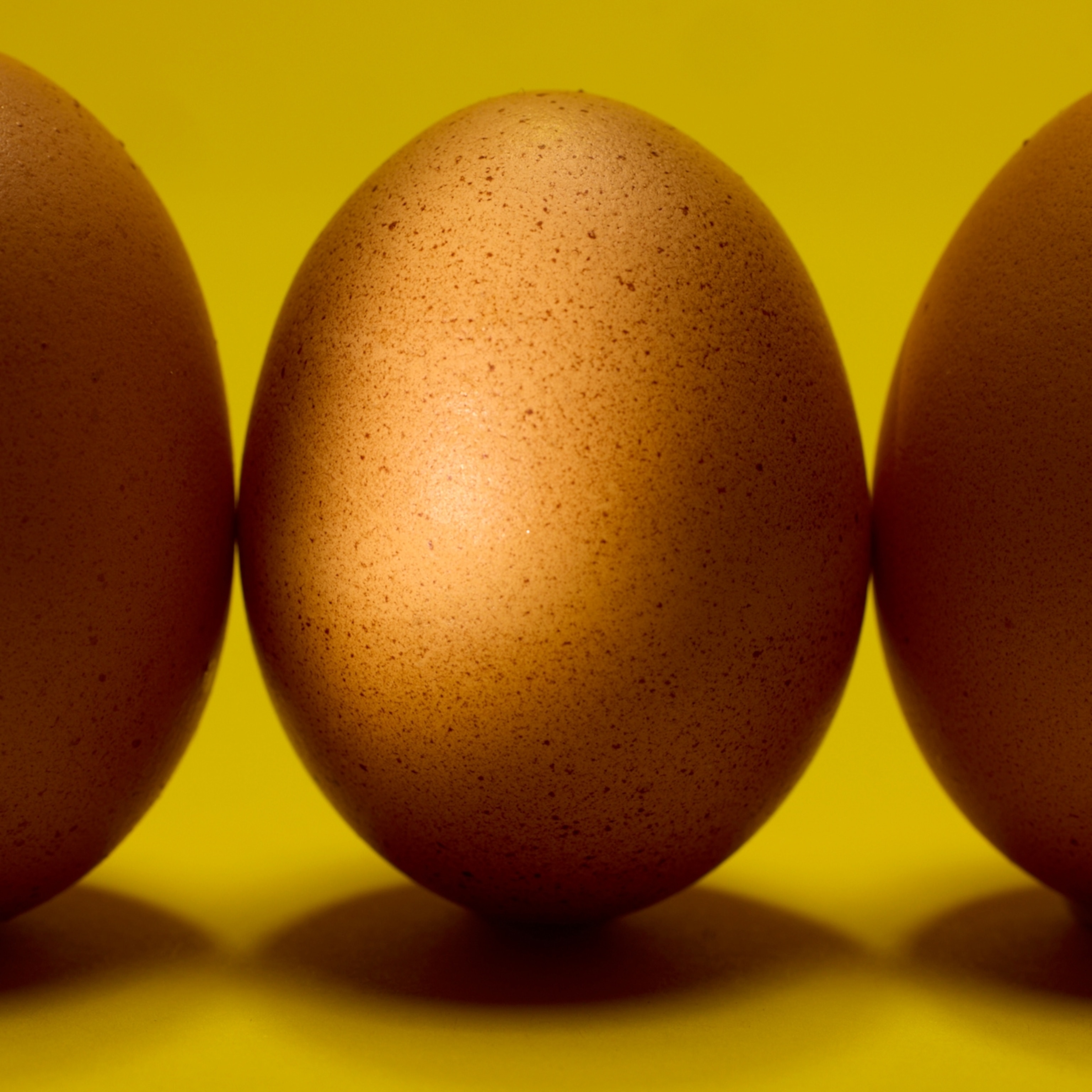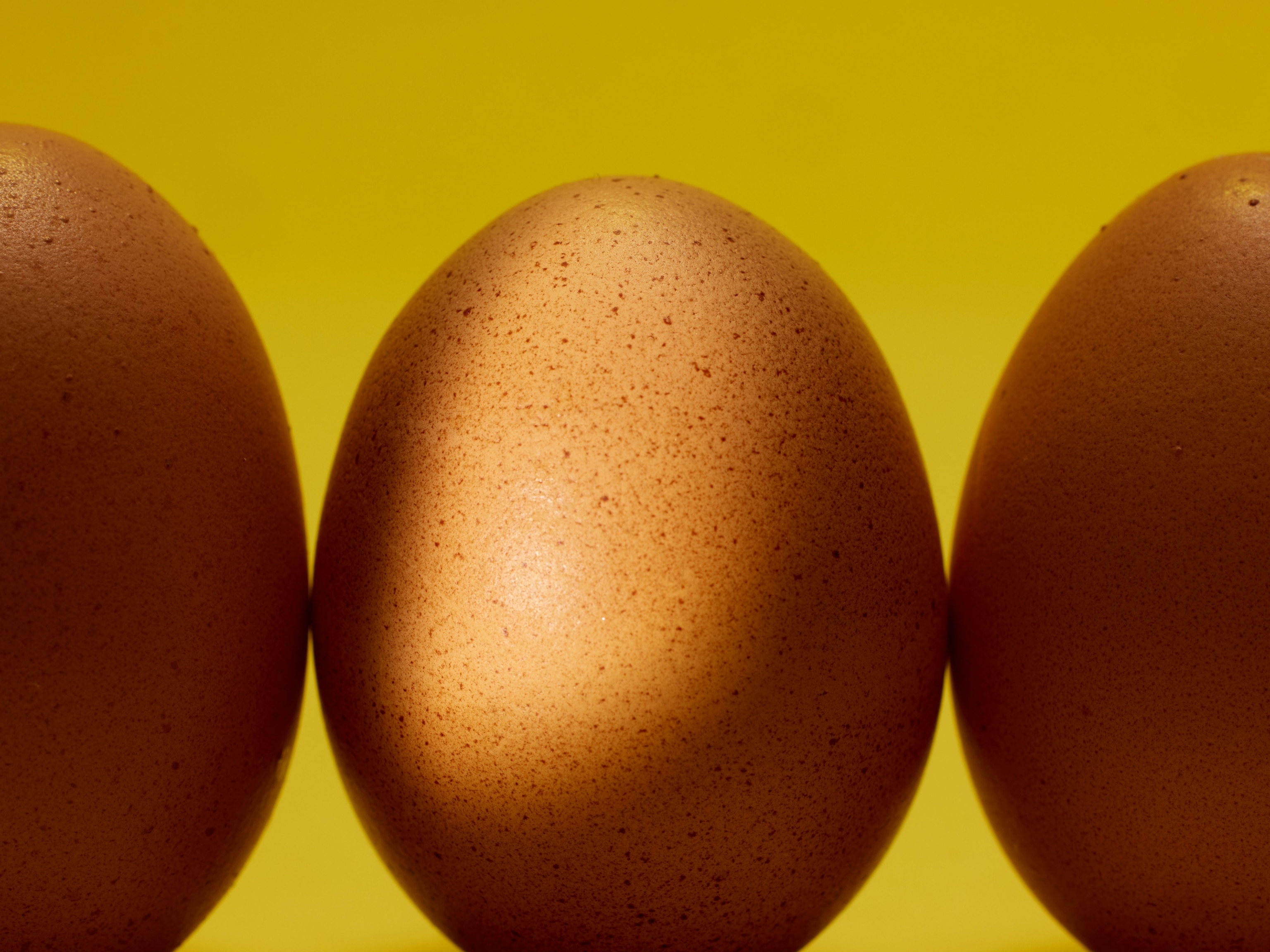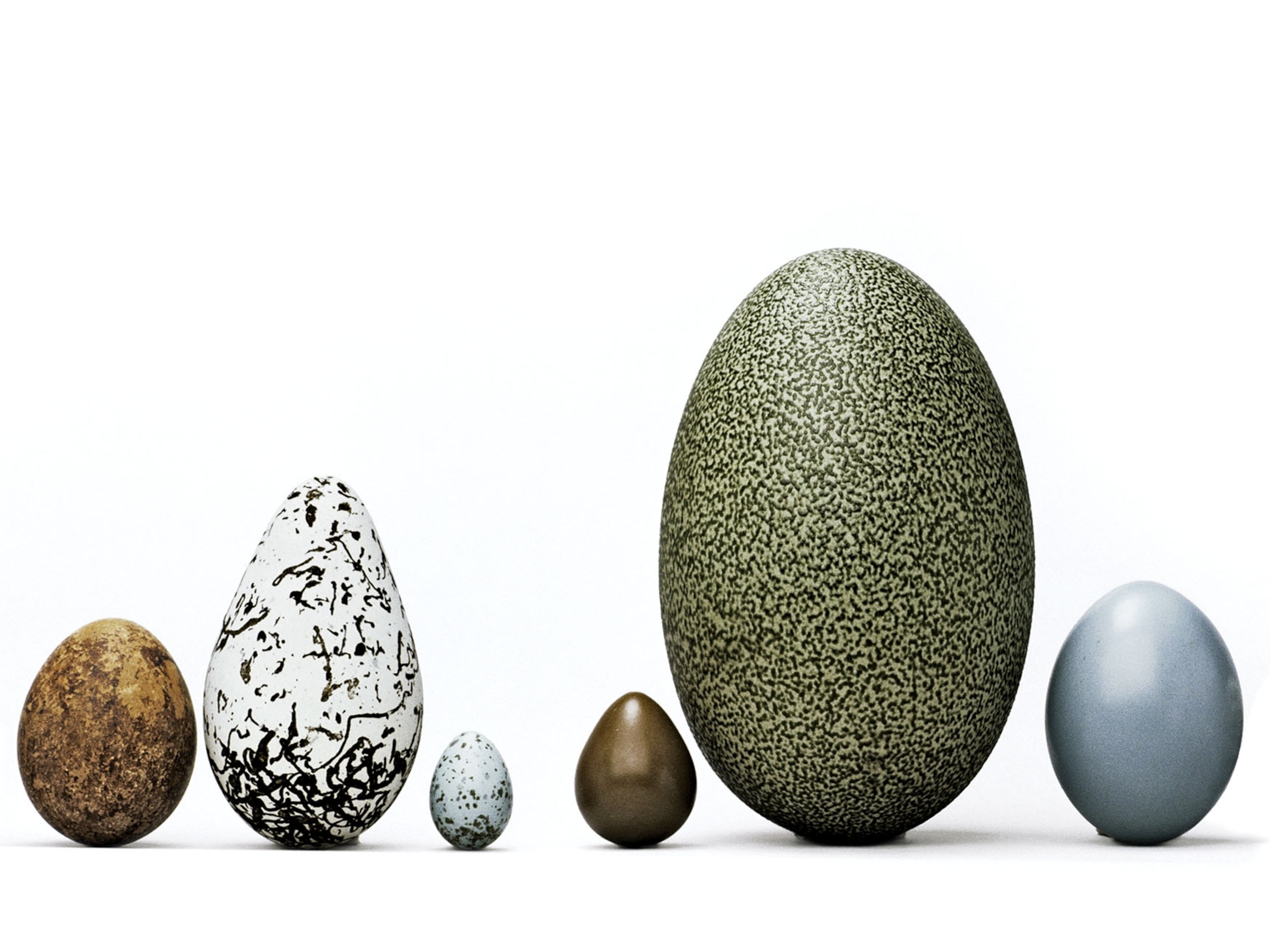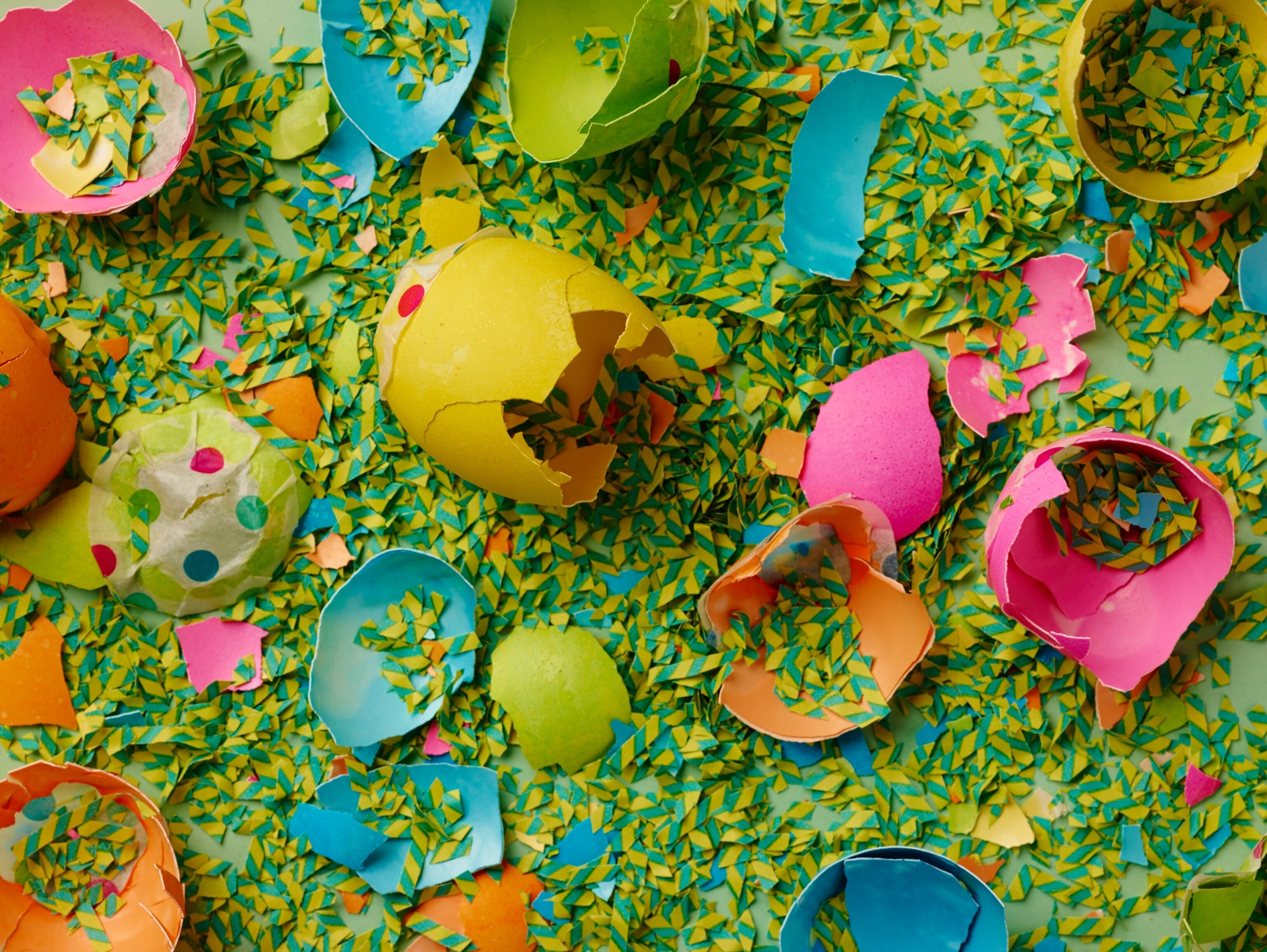
It’s Spring. Time to Crack Some Eggs
Have you ever wondered why eggs are everywhere this time of year? I mean, yes, there’s Easter. But eggs have been symbolic of spring for a long time. As far back as the ancient Romans, eggs symbolized new life and reproduction. March is named after Mars, the Roman god of agriculture (and war, but this is a food blog). March was actually the first month in the Roman calendar, because it marked the beginning of farming season.
The official beginning of spring is the vernal equinox, at least for those of us in the Northern Hemisphere. But eggs are a big part of spring celebrations all over the world (incidentally, that rumor that you can balance an egg on the equinox—not true), and there are all kinds of egg-sellent (only egg pun, I promise) ways to put them center stage, symbolically and gastronomically.
Haft Sin
During Nowruz, the Persian New Year, eggs are often made part of the Haft Sin table to symbolize fertility for the family. Celebrated for over three thousand years, the Haft Sin table is one of the most important parts of Nowruz. The table consists of seven things that start with the letter s in the Persian alphabet: sumac, senjed (wild olives), serkeh (vinegar), seeb (apples), sir (garlic), samanu (sweet wheat sprout pudding) and sabzehh (wheat, barley, or lentil sprouts). Each item symbolizes something for the New Year. Kids also take the decorated eggs and play an egg-cracking game—the last person with an uncracked egg will have the best luck in the New Year.
Cascarones
Cascarones are from the Spanish word cascaron, meaning “eggshell.” They came to Europe from China via Marco Polo. In China, these eggs were filled with perfumed powder and given as gifts. This turned into a courtship ritual back in Italy, with men throwing the sweet-smelling eggs at their sweethearts. From Italy, cascarones spread to Spain and eventually to Mexico via Emperor Maximillian’s wife, Carlota. Nowadays, confetti-filled cascarones are especially popular in the southwestern U.S. and Mexico, where they’re cracked over peoples’ heads as good-luck charms (tiny Easter piñatas, as I prefer to think of them).

Dyed Eggs
Spring means Easter, which, for Christians or otherwise, means Easter eggs! Whether chocolate or confetti filled, eggs are deeply tied to Orthodox Christianity. Across Eastern Europe, eggs are dyed red to symbolize the blood of Christ.
In the same way that early Christians copied the egg as a symbol of spring, Communists copied red eggs as a symbol of the revolution.
And Korean folklore even says that the first king of Silla (one of the three ancient kingdoms of Korea) hatched from a bright-red egg.
In Ukraine, Easter means psyanka, intricately decorated batik eggs. A Romanian artist shows how she paints her eggs in this video: Incredible Egg Art Will Awe You.
But it’s not really an occasion without food, right? For spring holidays like Easter and Passover the egg options run the gamut from sweet (Slovak egg cheese) to savory (deviled eggs). Spring usually marks the start of an upswing in American egg consumption—sales increase about 1.4 percent, according to the USDA. In fact, across the U.S., people will eat about 6.3 billion eggs between March 2 and April 5, 2015. Need some ideas for what to do with all those eggs? We’ll be sharing some examples from our very own #NatGeoEggFest later this week. In the meantime, take some inspiration from around the world, and try one of these:
Tsoureki
Tsoureki is a sweet eggy Greek bread, similar to challah. Also like challah, it’s usually braided (in this case, one strand for each member of the Holy Trinity) and served as a loaf or in a ring. Traditionally flavored with mahlab (sour cherry pits) and mastic (hardened resin from … wait for it … the mastic tree) and garnished with bright-red eggs, the ingredients require a little sleuthing (or a good mail-order spice shop), but the end result is worth it.
Bialy Barszcz
Way before there was beet borscht, there was bialy barszcz (Polish for “white borscht”). Now made with a base of flour, potatoes, butter, and leeks, this recipe originally used fermented rye flour to provide tang and a creamy color. Much like most family recipes, there are several versions, but hard-boiled eggs (and kielbasa) are constants.
Torta Pasqualina
Hailing from the Liguria region in Italy, this is a special-occasion dish whose name translates to “Easter pie.” Spring greens like spinach or chard are cooked with onions and cheese, placed in the center of several layers of phyllo or puff pastry crust (supposedly, early recipes called for 33 layers of dough to signify the 33 years Jesus Christ walked the Earth) covered with ricotta and topped with raw eggs. The entire thing gets closed up and baked into a showstopping pie.
Huevos Haminados
Eggs are a big part of the Passover seder, but there’s more to Passover eggs than just dipping them in salt, as Ashkenazi Jews do on the holiday. One example comes from the Spanish Sephardic community: huevos haminados. Passover starts on a Friday this year, and these eggs are slow cooked, often overnight, as a way to get around Sabbath restrictions on cooking. Boiled with onion skins for flavor and color, huevos haminados look similar to Chinese tea eggs.
This extremely subjective list doesn’t include matzo breimatzo brei, hornazo, frittatas, any of the dozens of eggy Easter breads, or my personal favorite, coconut cake. (Ok, ok, coconut cake might be a stretch, but it includes eggs, and as far as my family traditions go, spring means a towering coconut cake.)
Omne vivim ex ovo, indeed.
Nicole Washington works in the maps, art, and graphics department at National Geographic. She has strong feelings about barbecue (Lexington style) and cupcakes (cake is better). You can find her on Twitter.

